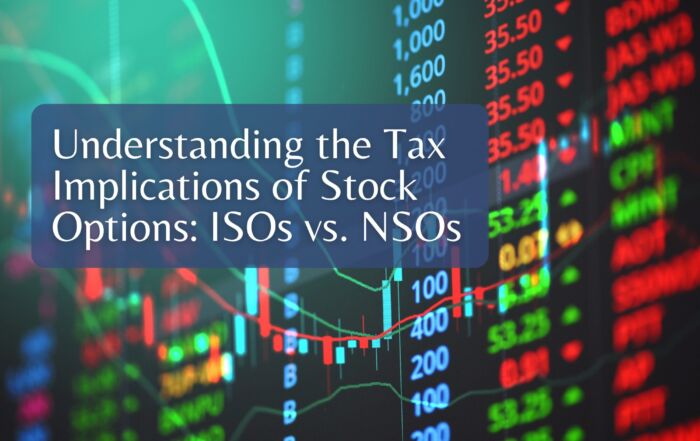Stock Investments in Conservative Portfolios

Investing in stocks and bonds is the most efficient way to help people achieve financial goals and objectives. However, many people remain under invested or uninvested due to perceived risks involved. In today’s economy, it is very difficult to simply earn and accumulate enough money to have future financial success without making your money work as hard for you as you do for it. The good news is that it is possible to invest money in ways that maximize the potential returns and minimize the potential risks.
What happened to Treasury securities?
Who doesn’t long for the 1970s and 80s when U.S. Treasury securities guaranteed interest payments between 7% and 15%? Investors could use these instruments to meet nearly all of their objectives and sleep well at night knowing their money was safe. Since then, however, interest rates have steadily declined. Those same 10-Yr Treasury securities in May 2021 yield just 1.5%. It is nearly impossible to fund your financial goals and ambitions through Treasury securities alone, and it may be many years before interest rates return to anything approaching those past levels.
What is safe investing?
Safe investing in 2021 should include stock investments in order to achieve a sufficient rate of return. Of course, this introduces investors to investment risk. Risk tolerance is the level of financial risk investors are emotionally comfortable with, while risk capacity is the level of risk investors can afford to take to achieve their financial goals. At times, the risk required to achieve a person’s financial goals imposes upon their emotional risk tolerance. But risk is inherent with investing. Depending on someone’s tolerance and capacity for risk, they may restrict themselves from meeting their objectives because they cannot stomach the risk that is required. But this is, perhaps, the biggest risk of all.
Assessing someone’s risk tolerance and risk capacity can be quantified and numerically scored with questionnaires. The answers provided by investors are scored and a complete risk profile can be assigned. From this, a CFP® professional can help construct a unique investment portfolio. Investors’ risk tolerances, investment objectives and overall circumstances are unique, and with the help of a professional, an investment portfolio as unique as you are can be constructed to achieve most any goal. CFP® certification comes only after rigorous education and training. Ethical requirements must also be met because a CFP® is committed to serving investors’ best interests today and preparing them for a more financially secure tomorrow.
Look for a CFP® professional who can measure risk tolerances, weigh them against investment objectives and time frames, and make use of Long Term Capital Market Assumptions (LTCMAs). At a minimum, well diversified portfolios should have a portion of its assets allocated to large and small U.S. company stocks, international company stocks and, of course, bonds. Well-diversified and properly allocated portfolios reduce the risk of failure to meet financial objectives in the future without adding any unnecessary risks. Although, as mentioned before, investing has inherent risks, the composition of the entire investment portfolio needs to be considered when determining the risk of any individual investment. No category or type of investment is deemed inherently imprudent. Instead, the suitability of the investment relative to the portfolio’s objective is considered when judging the quality of any particular investment instrument.
Invest in Your Future
There has never been a bad time to invest in your future. Regardless of market conditions at any point in time, an investment program in a diversified portfolio yields positive returns for investors over 10-year time frames. There is no way to know what stock prices are going to be tomorrow, or next week, or next month, but it can be said with great confidence that the U. S. economy will grow much bigger and much stronger over the next decade. Stock prices, accordingly, will be much higher at that point — and investors who started an investment program and stayed with it by reinvesting dividends and income will be glad they did so. Let’s consider the effect of stock investments and having the worst luck possible. Take an investor investing their money on the worst day of the year (the market peak), every year for the past twenty years. That “unlucky” investor would still realize an 8% annualized return.
Sure, from time-to-time there are major economic events leading to a market downturn causing portfolios to decrease in value. LTCMAs used in portfolio constructions project expected asset class returns over 10 to 15 years and take these market gyrations into account when making the projections. Therefore, there is no need to be overly concerned. Market pullbacks can even be a time to rebalance portfolios and reassess risk capacity with the investor’s risk tolerance.
Stock investments, even with their risks, provide opportunities for individuals to achieve financial goals for themselves and their families not available in the supposedly safe guaranteed investments of the past.
Brad Lyons, CFP®
Investment Manager
CONNECT ON SOCIAL MEDIA:
Share This Story, Choose Your Platform!
Wiser Wealth Management, Inc (“Wiser Wealth”) is a registered investment adviser with the U.S. Securities and Exchange Commission (SEC). As a registered investment adviser, Wiser Wealth and its employees are subject to various rules, filings, and requirements. You can visit the SEC’s website here to obtain further information on our firm or investment adviser’s registration.
Wiser Wealth’s website provides general information regarding our business along with access to additional investment related information, various financial calculators, and external / third party links. Material presented on this website is believed to be from reliable sources and is meant for informational purposes only. Wiser Wealth does not endorse or accept responsibility for the content of any third-party website and is not affiliated with any third-party website or social media page. Wiser Wealth does not expressly or implicitly adopt or endorse any of the expressions, opinions or content posted by third party websites or on social media pages. While Wiser Wealth uses reasonable efforts to obtain information from sources it believes to be reliable, we make no representation that the information or opinions contained in our publications are accurate, reliable, or complete.
To the extent that you utilize any financial calculators or links in our website, you acknowledge and understand that the information provided to you should not be construed as personal investment advice from Wiser Wealth or any of its investment professionals. Advice provided by Wiser Wealth is given only within the context of our contractual agreement with the client. Wiser Wealth does not offer legal, accounting or tax advice. Consult your own attorney, accountant, and other professionals for these services.





